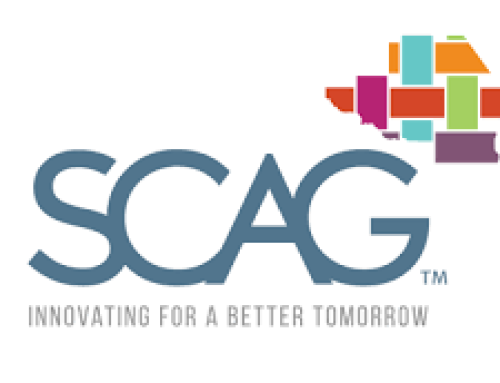On January 13th and 20th, a variety of planning and other professionals gathered virtually to join in a two-par seminar facilitated by Pepperdine University’s Davenport Institute that focused on best practices and principles in boosting public participation and engagement with local communities, tactics for post-COVID community engagement, and strategies for increasing dialogue with hard to reach communities.
The two-part seminar was facilitated by Ashley Labosier and Alicia Weintraub. Ms. Labosier is the executive director of the Davenport Institute for Public Engagement and Civic Leadership. She began her career in public engagement as communications specialist for the City of Lancaster, CA, where she worked with various city departments on public engagement and information efforts. In her current position, Labosier writes and speaks about public engagement and transparency issues for local and online news organizations, Davenport Institute trainings, and national conferences. Ms. Weintraub is a Council Member with the City of Calabasa teaches with the Davenport Institute.
Session 1, Public Engagement Basics, offered an overview of the current state of public engagement factoring in the pandemic and providing a shared vocabulary and framework. It also invited participants to consider what level of engagement is appropriate to the issue at hand and to consider some of the common pitfalls to inviting and facilitating effective engagement. Session 2, Public Engagement – Putting it Into Practice, invited attendees to learn more about engagement tactics, including online and offline options, considerations for engaging marginalized communities, and design aimed at creating a good public process. The second session of the seminar also included discussion of recent changes in public engagement with topics of discussion on strategies before, during, and after COVID-19.
During the second session in particular, participants had the opportunity to share thoughts and experiences related to a variety of public engagement strategies. Some of the ideas shared during the sessions are highlighted below.
What were public engagement tactics deployed before COVID-19?
-
Interactive booths, open houses, online questionnaires
-
Very traditional (web mapping applications, surveys, etc.)
-
YouTube webinar with live questions
-
Stakeholder interviews
-
Image preference survey during the open house/workshop.
-
Utilized utility bills or Every Door Direct to get flyers/postcards of engagement to residents and businesses
-
Informational webinar, PowerPoint and pre-recorded an informational presentation, and had people sit and watch the “program” and then had the people come in after the presentation to the open workshop – “this way people walked into the workshop with education on the Plan.”
-
GIS interactive development notice on the Town website “this way people could see proposed development and call and ask questions on the projects.”
What new tactics have you deployed since COVID-19?
-
Interactive web platforms (Bang the Table, part of Engagement HQ)
-
Social Pinpoint
-
Multilingual simulcasting on YouTube Live, Zoom, and other platforms.
What do you anticipate trying in the future?
-
Trying a hybrid approach using tactics from pre- and post-COVID.
Since arriving in the COVID realm, has the definition of a “stakeholder” changed? Has there been a difference in stakeholders identified or received?
-
Same people are participating for the most part
-
New for environmental justice communities
Who do you consider marginalized communities when strategizing for community engagement and identifying hard to reach portions of the community?
- People of color
- Lack of communication
- Language barriers
- unhoused and homeless
- hearing impaired
- elderly and seniors
- lack of childcare (families)
- incarcerated individuals
- Latino and hispanic
How are we reaching these hard to reach communities?
- Funding to advocacy groups to conduct outreach to targeted communities
- Expanded translation and interpretive services
- Cultural considerations have been much appreciated by attendees and helped the process feel relevant and a bit more meaningful for them. Such as a “conversation” vs typical workshop format for Latinx communities.
- English-Learner Advocacy Committees (ELAC) and “Parent Leaders” noted as stakeholder and group structure in education/school district conversations
More About the Davenport Institute: For over a decade, the Davenport Institute for Public Engagement and Civic Leadership at the Pepperdine School of Public Policy has trained local government staff and elected officials to authentically and inclusively engage residents in meaningful policy decisions. To date we have trained well over 2,000 local leaders across the state of California and around the country. Our primary offerings have been interactive half-day and full-day in-person training seminars designed to equip staff with the framework and tools necessary to develop robust public engagement in their communities. With the onset of COVID-19, we have added a variety of virtual training opportunities.. More information at https://publicpolicy.pepperdine.edu/davenport-institute/


